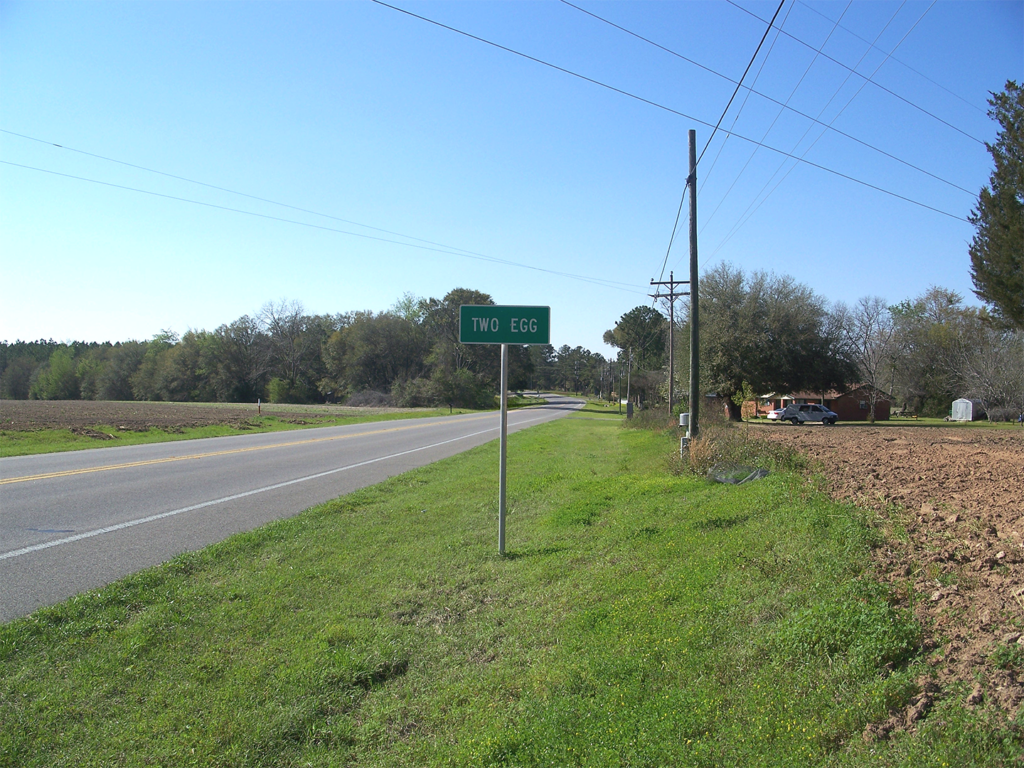Two Egg, Florida is a fascinating example of how economic hardship can literally reshape a community’s identity. This tiny unincorporated community in Jackson County has one of America’s most unusual town names, with multiple theories about its Depression-era origins.
The Historical Context
In the early 1800s, Two Egg was known as Allison, Florida, where many families made fortunes as planters with plantations up to 7,000 acres in size. However, by 1930 and the Great Depression, this once-prosperous agricultural area had fallen on extremely hard times.
The Name’s Origins
The most widely accepted story involves the Lawrence Grocery store, the community’s central trading post. Two young boys would make regular trips to the store, trading two eggs from their family farm for sugar, and they made this trek so often that people began calling it the “Two Egg Store”.
Another version suggests traveling salesmen (called “drummers” back then) observed customers bartering “two eggs worth” of tobacco, snuff, sugar, flour, candy, or other goods, and dubbed it a “two-egg town”. The name stuck and gradually expanded beyond just the store to represent the entire community.
Economic Reality Behind the Story
The egg-trading wasn’t just quaint rural charm – it represented genuine economic desperation. During the Depression, cash was so scarce that barter systems became essential for survival. Eggs were valuable because they were a renewable resource that even the poorest farming families could produce, making them an ideal currency for small transactions.
Official Recognition
By 1941, the designation “Two Egg” began appearing on state highway maps, cementing its place as an official community name. Today, it remains a symbol of rural resilience and ingenuity during America’s most challenging economic period.
The town’s story captures how ordinary people adapted to extraordinary circumstances, turning a simple barter transaction into a lasting piece of American folklore that continues to intrigue visitors nearly a century later.
